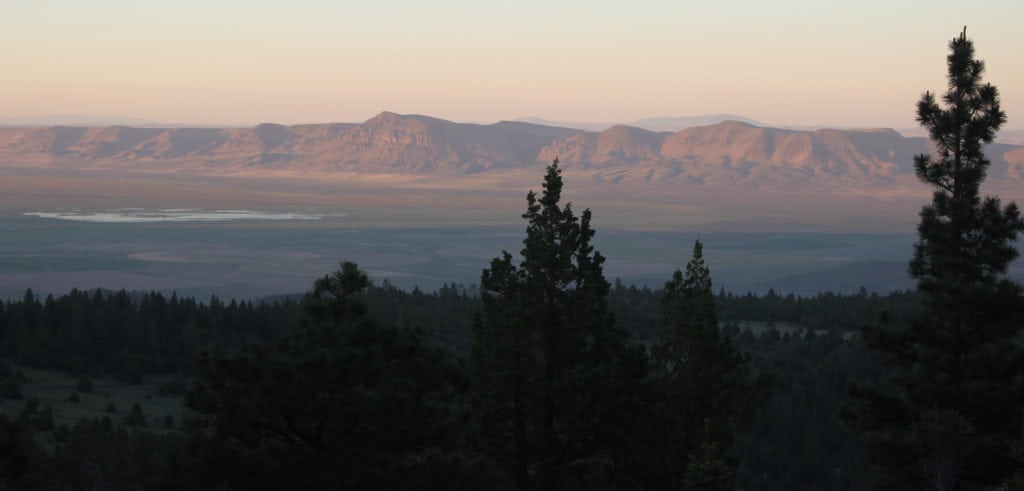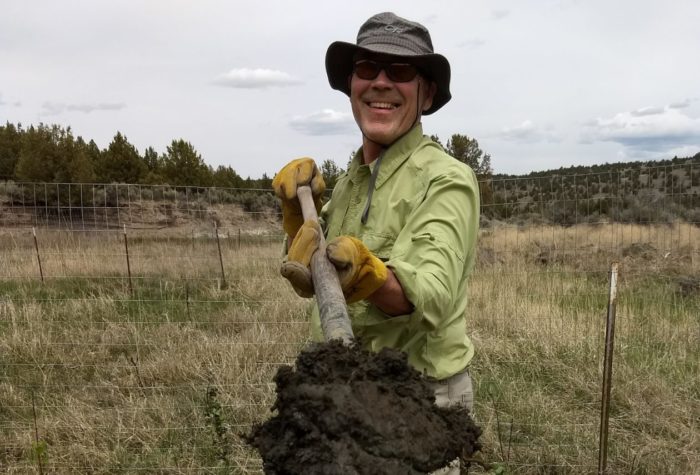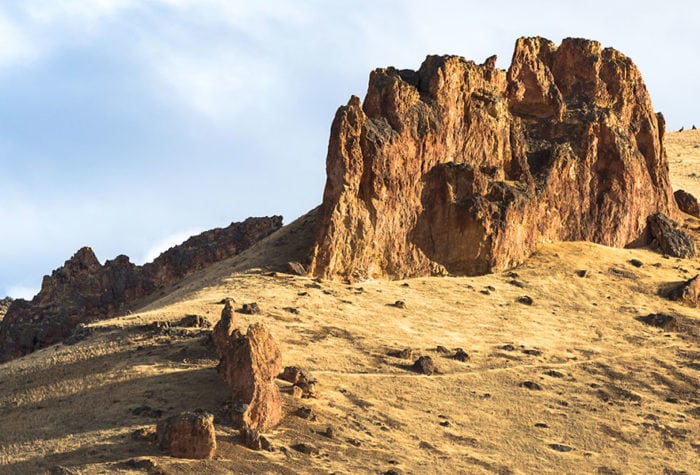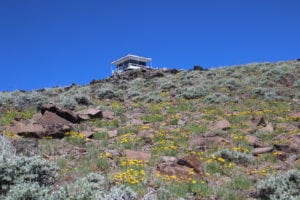We hear a common refrain from people when they get back from a trip in the Fremont: “I wish I’d gone hiking in the Fremont years ago! If only I’d known about it!”
If you’re not familiar with the wonders of the Fremont, please allow us to introduce you! Here are our best tips to visit the Fremont-Winema National Forest.

About the forest
The Fremont-Winema National Forest covers about 2.3 million acres across southeastern Oregon. This large swath of land managed as a single forest came about when the Fremont and Winema National Forests were combined in 2002. The original Fremont National Forest was named after explorer John Fremont when it was established in 1908. This Fremont section encapsulates many of the rock outcrops and wide expanses now home to the Oregon Desert Trail and Fremont National Recreation Trail, including Winter and Abert Rims. The Winema National Forest was named after a heroine of the Modoc War of 1872, and much of the land was purchased from the Klamath Tribe. Since this is such a large combined National Forest, we’ll focus on the section along ONDA’s Oregon Desert Trail within the Paisley Ranger District of the Fremont.


 Depending on your exact location, you’ll have vantages all the way to Steens Mountain and south to Mount Shasta. Fire lookouts dot high buttes along the 157-mile Fremont National Recreation Trail. Some lookouts are staffed by U.S. Forest Service employees; others are available to rent as cabins if you want a slightly more luxurious experience than sleeping in town or on the ground.
Depending on your exact location, you’ll have vantages all the way to Steens Mountain and south to Mount Shasta. Fire lookouts dot high buttes along the 157-mile Fremont National Recreation Trail. Some lookouts are staffed by U.S. Forest Service employees; others are available to rent as cabins if you want a slightly more luxurious experience than sleeping in town or on the ground.